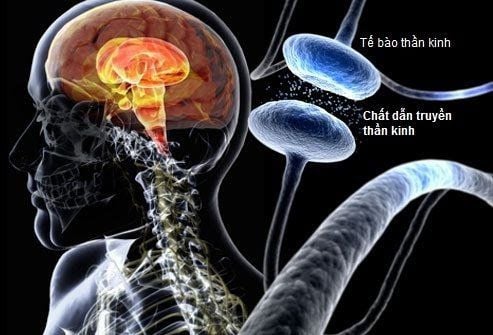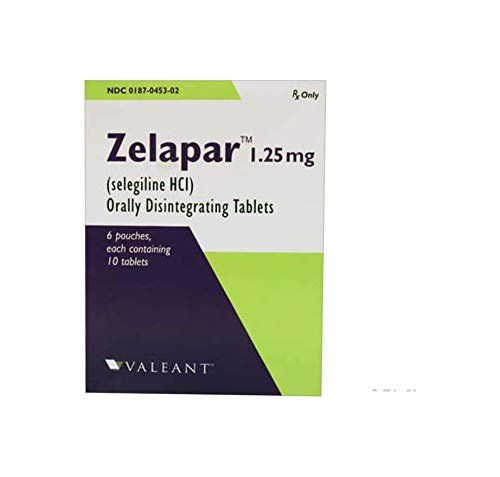This is an automatically translated article.
Article by Master, Doctor Vu Duy Dung - Department of General Internal Medicine - Vinmec Times City International Hospital
Parkinson's disease is characterized by the loss of dopaminergic neurons in the substantia nigra and by the presence of Lewy bodies in the brain stem. Motor symptoms become apparent when 60% to 80% of dopaminergic neurons are lost in the substantia nigra.
1. Causes of Parkinson's disease
Parkinson's disease presents in fact a heterogeneous disease characterized by variability in clinical presentation, age of onset, nonmotor symptom patterns, and varying rates of progression. While some patients have a relatively benign disease course with a good response to dopaminergic therapy, others exhibit a more rapid disease progression. Many patients present a predominance of nonmotor symptoms, while others do not.
2. Genetic causes of Parkinson's disease

PARK-SNCA là một trong số các thể đơn gen của bệnh Parkinson
Parkinson's disease can be caused by many factors leading to the depletion of dopaminergic neurons. It is estimated that 5% to 10% of patients have a genetic cause of the disease. Monogenes of Parkinson's disease include PARK-SNCA, PARK-LRRK2, and PARK-VPS35, among others.
Other genetic risk factors for Parkinson's disease and especially for the Ashkenazi Jewish population is glucocerebrosidase, or GBA1, the gene responsible for Gaucher disease. GBA1 directly controls the production of the protein glucocerebrosidase, which is involved in lysosome (lytic) activity. A defect in the GBA1 gene causes decreased glucocerebrosidase activity, increased glucosylceramide, and promotes α-synuclein accumulation, leading to a higher risk of developing Parkinson's disease.
Advances in genomics with genome-wide exon sequencing will provide future direction on the genetic causes of Parkinson's disease, including a greater understanding of the etiology of genes.
3. Environmental causes of Parkinson's disease
The concern that environmental or toxic exposures contribute to the development of Parkinson's disease has been initiated by the association between 1-methyl-4-phenyl-1,2,3,6-tetrahydropyridine ( MPTP), a precursor to the neurotoxic MPP+, and parkinsonian syndrome in the 1980s. Several environmental factors and toxicological exposures may be associated with Parkinson's disease including pesticides (rotenone and paraquat); heavy metals (manganese, lead, and copper); water wells; processed wood; head injury; other substances include polychlorinated biphenyls, trichlorethylene, perchlorethylene, and carbon tetrachloride; and live in the countryside. Exposure to toxins, including carbon monoxide, trace metals, organic solvents, and cyanide are also reported as environmental risk factors. Additionally, smoking and caffeine use are thought to reduce the risk of the disease, although further studies are underway.4. Neuroimaging in Parkinson's disease

Hình ảnh thần kinh trong bệnh Parkinson
Neuroimaging techniques such as dopamine transporter imaging with SPECT may be useful in the diagnosis of Parkinson's disease. In 2011, the US Food and Drug Administration (FDA) authorized the dopamine transporter SPECT scan using ioflupane I-123 as injection. SPECT imaging of the dopamine transporter has high sensitivity (87% to 98%) and high specificity (80% to 100%) for differentiating Parkinson's disease from essential tremor and is considered an adjunct to evaluation. diagnose. However, dopamine transporter SPECT imaging is not a diagnostic test for Parkinson's disease, nor is it intended to be used to differentiate between Parkinson's disease and other degenerative forms of Parkinson's syndrome, including Parkinson's syndrome. Atypical Parkinsonism. Clinicians may decide to order dopamine transporter SPECT when the clinical diagnosis of a tremor is uncertain (eg, when distinguishing between Parkinson's disease and essential tremor).
5. Clinical grading scales for Parkinson's patients
Clinical grading scales are useful for monitoring Parkinson's disease progression and are used in clinical trials. The Unified Parkinson's Disease Grading Scale (UPDRS), recently revised to Funded Revision − Movement Disorders Association (MDS-UPDRS), is a research-recognized and Commonly used, it consists of four parts: cognitive and emotional, activities of daily living, motor examination, and motor complications.
The Unified Dysmothorax Scale (UDysRS) is used to evaluate the abnormal involuntary movements, or dyskinesias, that occur as Parkinson's disease progresses. The Hoehn and Yahr scale describes five stages of Parkinson's disease: unilateral symptoms, bilateral symptoms, postural instability with more severe bilateral symptoms, severe symptoms with loss of single-viability or lose independence, and in a wheelchair or in bed care. Other commonly used clinical grading scales are the Schwab and England Activities of Daily Living Scale, the Parkinson's Disease Questionnaire (PDQ-39 and PDQ-8), and the Inactivity Symptoms Questionnaire Parkinson's disease (PD NMS). Patient diaries can provide invaluable information on drug-related locomotor fluctuations, and motion sensors can use new technology to detect and measure motor fluctuations in future.
Source: Theresa A. Zesiewicz. Parkinson's Disease. Continuum (Minneap Minn) 2019;25(4, Movement Disorders): 896-918.
SEE MORE DOCUMENTS ON PARKINSON'S DISEASE BY DOCTOR VO DUONG:
Outline of Parkinson's disease Clinical symptoms of Parkinson's Disease Diagnosis of Parkinson's disease Causes, imaging and grading scales of Parkinson's disease Parkinson's Disease Drugs Parkinson's Disease Outpatient Treatment for Parkinson's Disease














